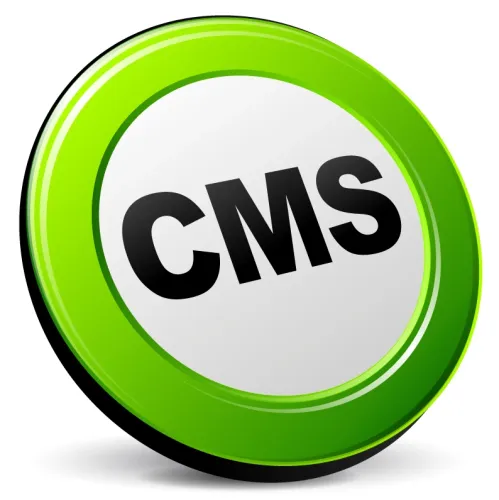
Don’t panic — level 5 codes maintain their higher payouts.
For Part B providers, E/M visits often constitute a substantial percentage of their Medicare pay. However, over the summer, CMS offered up 2019 fee-schedule proposals that curtailed paperwork, but that would significantly — and negatively — impact many practices’ bottom lines.
Details: After the shock of the CY 2019 Medicare Physician Fee Schedule (MPFS) proposed rule set in, the agency received a plethora of public discord on proposed E/M policies. In turn, these comments impacted CMS’s decision to slow down the implementation of suggested E/M payment changes, new add-on codes, and reworked documentation rules that aimed to cut providers’ administrative burdens, noted the final rule, set to be published in the Federal Register on Nov. 23, 2018.
Here’s the Reason for the Delay
Public outcry included concerns from private payers, EHR vendors, industry organizations, and clinicians, many of whom pleaded for more time to update systems and prepare staffs, suggested the agency. Though many of its documentation policy turnarounds got the go-ahead and are now slated for a 2021 release, CMS drew major criticism for its single-blended payment idea for level 2 through 5 codes for E/M office/outpatient visits.
“We note that our original proposal was developed more generally to maintain overall [Relative Value Units] RVUs within the codes describing office/outpatient visits,” said CMS. “But, after consideration of public comments, we are not finalizing several elements of those proposals, including and especially the multiple procedure payment reduction.”
Here’s What You Need to Know
Though CMS ditched some of its ideas, it will follow through on some aspects of the single E/M office/outpatient visit payment. The simplified policies base payments “on attributes that do not require separate, complex documentation,” the MPFS fact sheet indicated. Take a look at the top six E/M updates impacting your documentation and payment, starting in 2021.
1. E/M single payment rate details revealed. The amount isn’t finalized, but you can expect a single payment rate for level 2 through 4 codes for E/M office/outpatient visits for your new and established patients. CPT® codes 99205 and 99215, however, will no longer fall under the single payment system as suggested before, but instead will remain steady “to better account for the care and needs of complex patients,” the agency stressed.
2. Clinicians can decide which documentation guideline to follow. Despite mixed feelings from the public on three documentation guideline choices, the agency pushed through the policy. In 2021, Medicare providers can use either the 1995 or 1997 documentation guidelines for E/M office/outpatient level 2 through 5 visits, or they can use medical decision-making (MDM) or time. It is important to mention that some “commenters noted such a policy would increase burden due to increased variation in how visits would be documented, and the need to restructure EHR templates to accommodate different options and decide which method was best for a given patient or practice,” said the final rule.
3. Minimum documentation standard outlined … sort of. Even though “many commentators did not support the proposal … to apply a minimum level 2 documentation standard,” CMS will be instituting it anyway in 2021. What this means is that when you perform a level 2 through 4 visit using MDM or the current standards, you’ll need to submit “information to support a level 2 E/M office/outpatient visit code for history, exam and/or medical decision-making,” the fact sheet noted.
4. Time is of the essence. According to the guidance, medical necessity must be clearly explained when time is used to document the E/M visit. Also, that documentation needs to specifically point out that it was the billing provider who was face-to-face with the patient for the claim to be accepted.
5. Add-on codes are coming. Those promised add-on codes that are supposed to bump up the single payment stats are set for release in 2021. The aforementioned codes will help explain “additional resources” but won’t be restricted by specialty, CMS said. “These codes would only be reportable with E/M office/outpatient level 2 through 4 visits, and their use generally would not impose new per-visit documentation requirements,” the fact sheet advised.
6. Extra-long visits receive a boost. For level 2 through 4 E/M visit codes, CMS will introduce a brand new “extended visit” code, the agency said. Practitioners will be able to use this code “regardless of the kind of care” furnished “or whether or not the medical complexity of the visit is the determining factor for the length of visit,” the final rule stated.
Industry input: As the agency finalizes the logistics of this massive undertaking to streamline E/M documentation and payment with new codes and processes, the American Medical Association (AMA) will be working in tandem with CMS to work out the kinks, according to the organization.
“A two-year window for implementation of the proposal will give the AMA-convened work group — comprised of physicians and other health professionals — time to make recommendations on this complicated topic,” noted Barbara L. McAneny, MD, AMA president, in a press release on the E/M changes. “The panel members have deep expertise in defining and valuing codes, and as members of various specialties, they all use the office visit codes to describe and bill for services provided to Medicare patients.”
Resource: See the CY MPFS in the Federal Register at https://s3.amazonaws.com/public-inspection.federalregister.gov/2018-24170.pdf.
